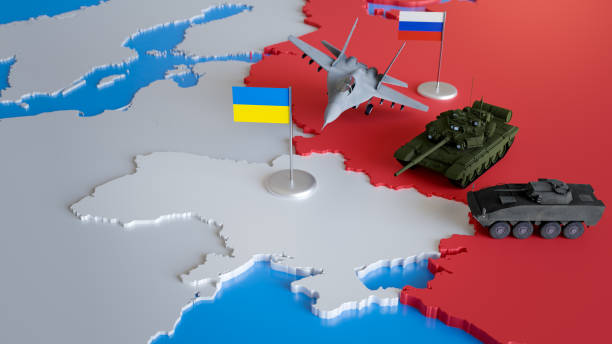Wholesale petrol prices in Russia have reached record levels this week as supply shortages deepen across several regions. The shortages come in the wake of Ukrainian drone strikes on Russian oil refineries, which have disrupted production and fuel distribution.
According to a report by The Financial Times, the crisis prompted Moscow last month to suspend petrol exports in order to prioritise domestic needs. But despite the ban, prices have continued to climb. On Wednesday, Russia’s most common petrol grade, A95 (Euro 95), was trading at Rbs82,300 ($1,023) per tonne on the St Petersburg exchange — up 55 per cent since January and 8 per cent since early August.
Ukrainian Strikes Disrupt Supply
Since July, Ukraine has carried out drone strikes on at least four major refineries in Russia, including the Novoshakhtinsk plant in southern Russia. The facility produces about 5mn tonnes of refined products annually, most of which is typically exported.
Analysts say this new wave of attacks is more sustained and concentrated than earlier ones. Sergey Vakulenko, a senior fellow at the Carnegie Endowment for International Peace, warned that some plants could be put out of operation for a long time — or even permanently.
Ukraine’s Security Service chief Vasyl Malyuk confirmed earlier this month that Russia’s oil sector remains a key target of long-range strikes. According to Moscow-based brokerage Finam, at least 10 per cent of Russia’s refining capacity has already been disrupted.
Rising Demand Amid Travel Disruptions and Retail Struggles
The situation has been compounded by attacks on Russia’s railway infrastructure, which have disrupted fuel freight trains. The strikes have also delayed passenger services and air travel, pushing more people to rely on cars, thereby adding pressure on fuel demand.
To curb the surge in prices, the Kremlin introduced a full ban on petrol exports on 28 July, following earlier partial restrictions. While this boosted domestic supply by 150,000 tonnes in August, analysts say the measure has not fully addressed the deficit.
Retail prices have also risen, though more slowly than wholesale prices due to state subsidies and pressure on oil companies to limit increases. Still, petrol prices for consumers are up 9 per cent over the past year, with over 5 per cent of that rise recorded since January.
The shortages have been particularly severe in remote regions such as Zabaykalsky, bordering Mongolia, where rationing systems using coupons have been introduced. For many Russians, this evokes memories of late Soviet-era fuel shortages. Crimea, annexed by Russia in 2014, has also reported a lack of A95 petrol.
More Strikes Expected
Analysts expect prices to continue rising into September, with supply challenges persisting in logistically difficult regions. However, they do not foresee a nationwide shortage, as summer driving demand is set to ease and some refinery capacity may be restored.
Ukraine, meanwhile, has signalled that strikes will continue. After confirming a recent drone attack on the Syzran refinery in Russia’s Samara region, Ukraine’s general staff stated: “More to come.”
While Russia’s petrol market is under visible strain, experts say the situation has not reached systemic crisis levels. Diesel, which fuels military equipment, transport and agriculture, remains widely available. Vakulenko suggested Russia may lean more heavily on Belarus to import refined petroleum products in the coming months.
Strains Beneath the Surface
Russia has long claimed resilience in the face of sanctions and conflict-related pressures. Yet the unfolding petrol shortage shows how vulnerable even a resource-rich nation can be when critical infrastructure comes under attack.
The current disruptions are unlikely to cripple the wider economy or military in the near term, but they are a clear reminder that domestic stability can be shaken from afar. As Ukraine intensifies its strikes, the petrol market may become a bellwether for how much strain Moscow can absorb before more serious cracks appear.


